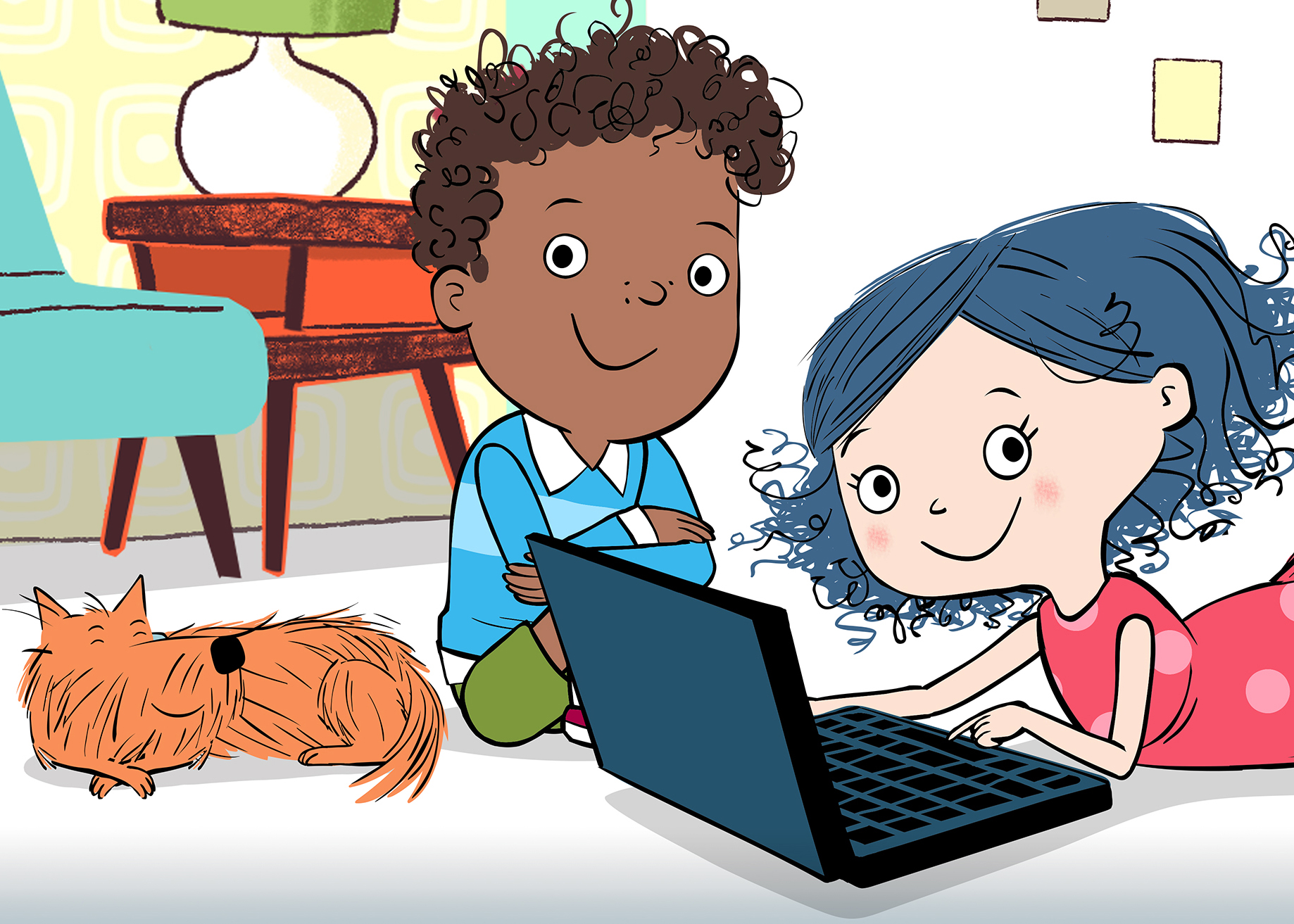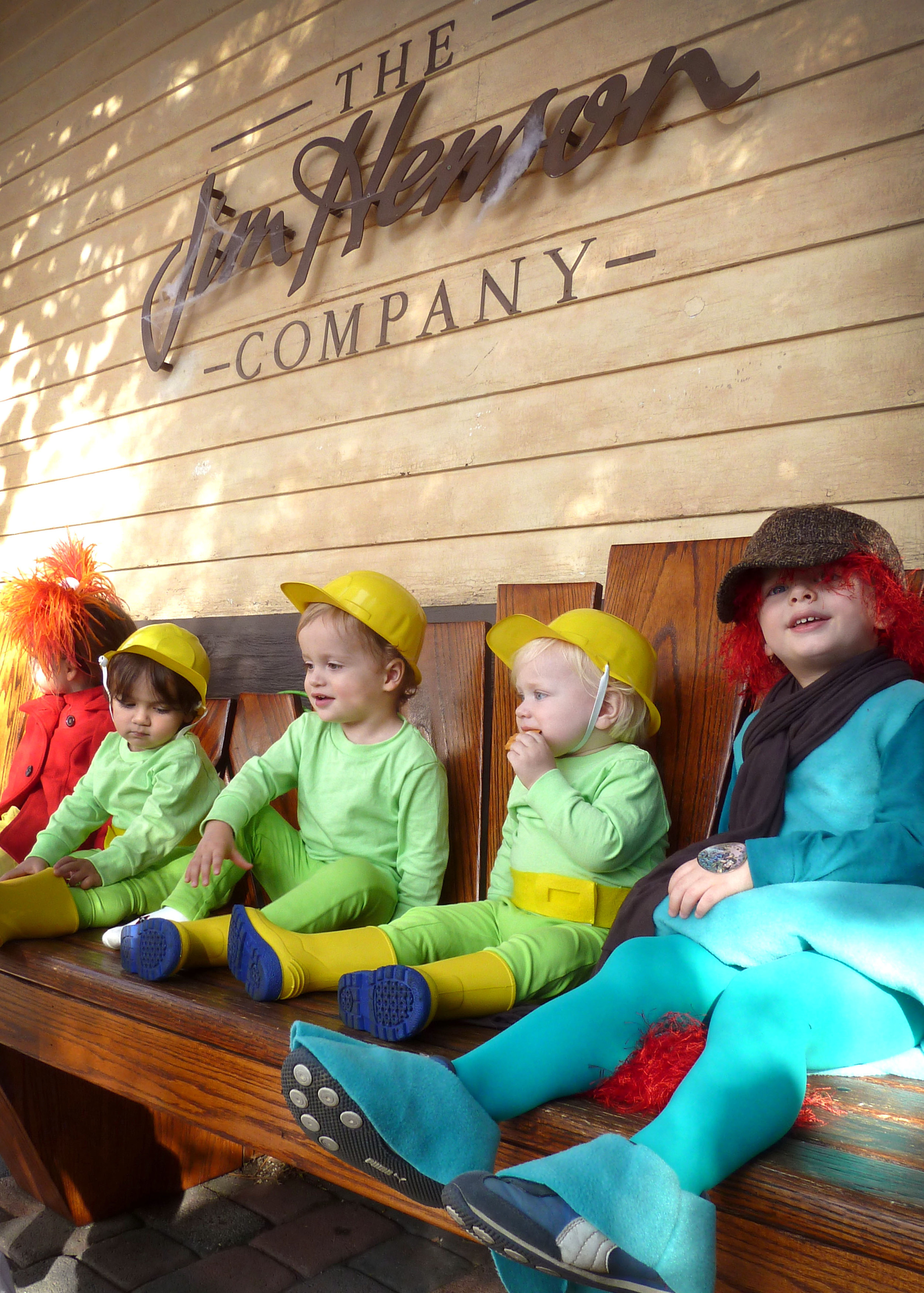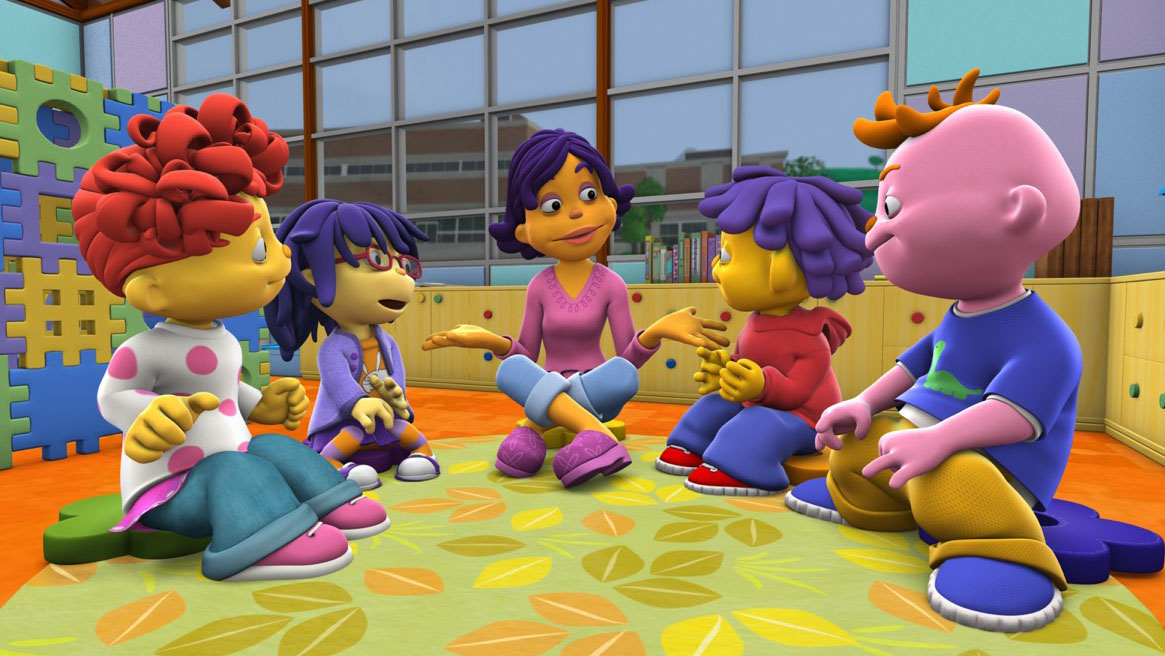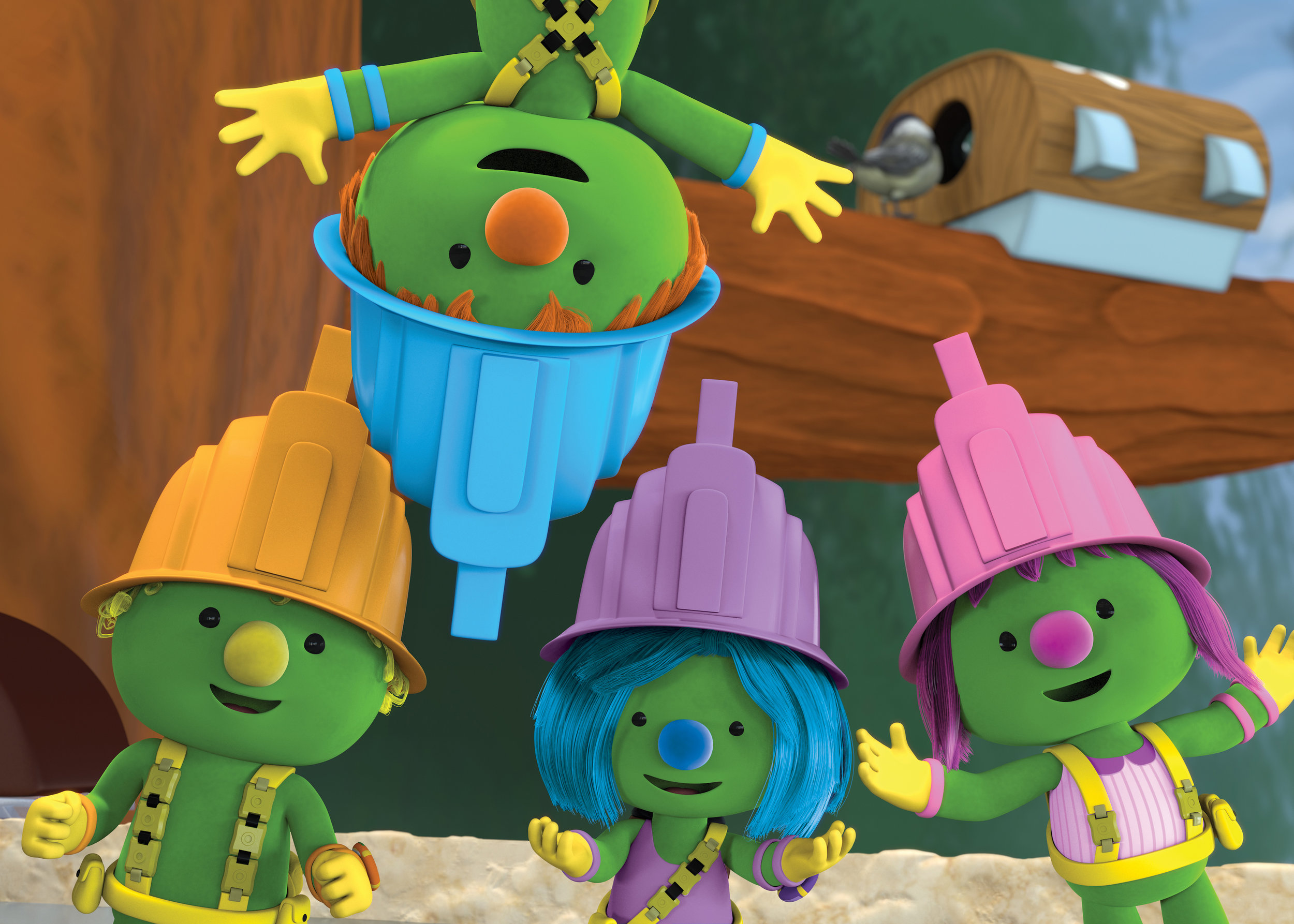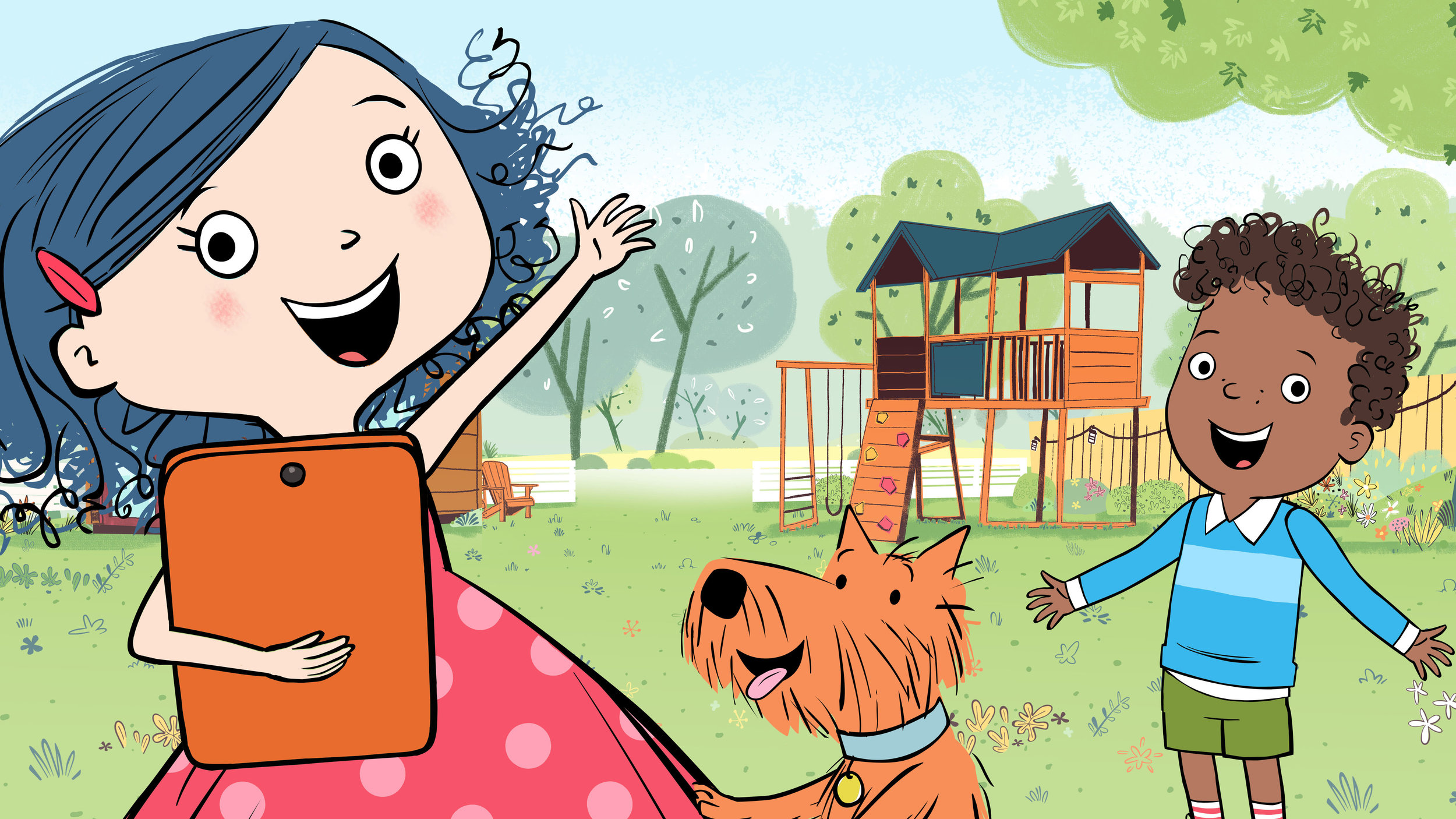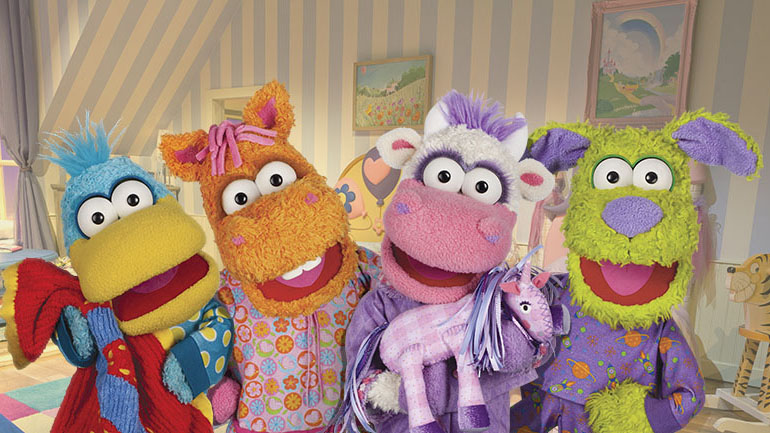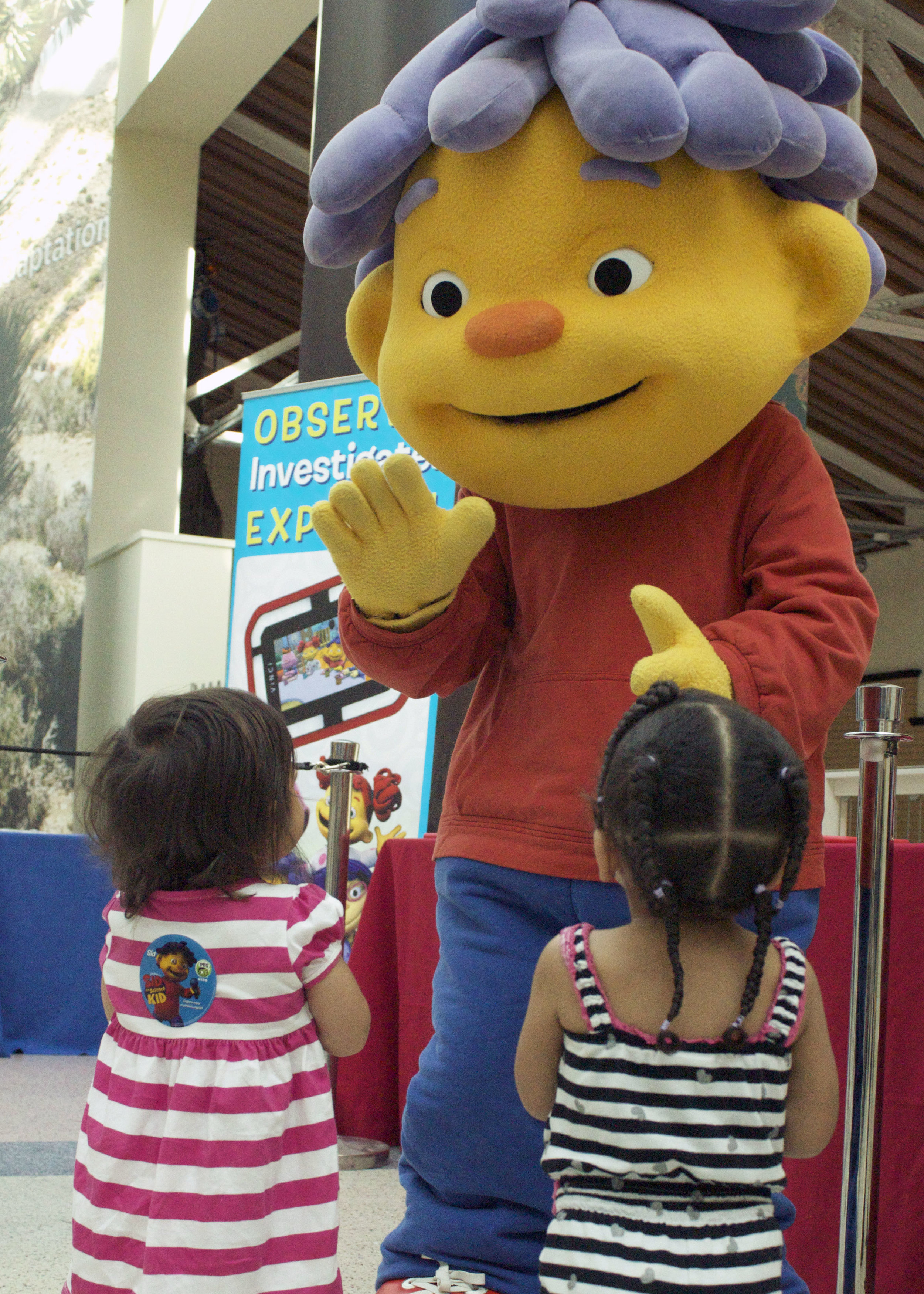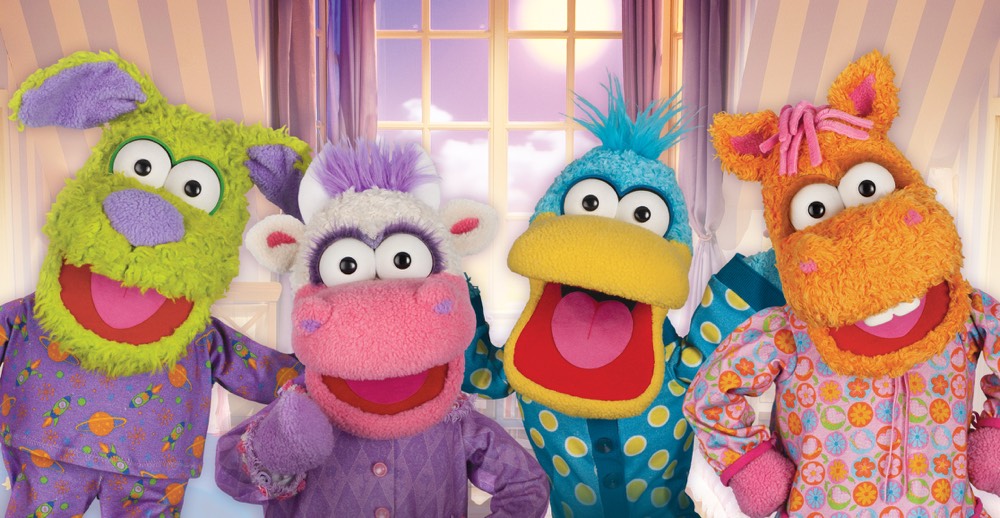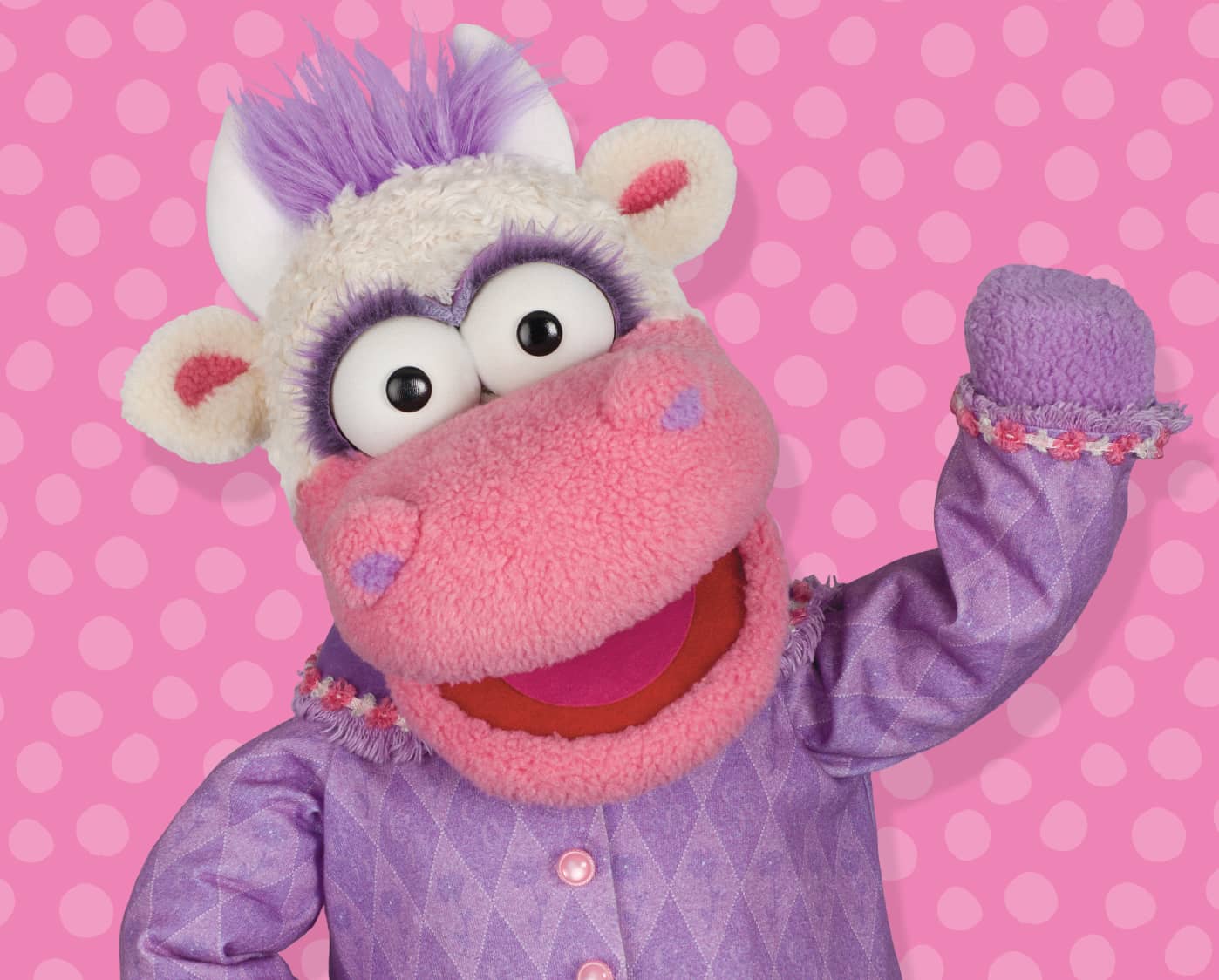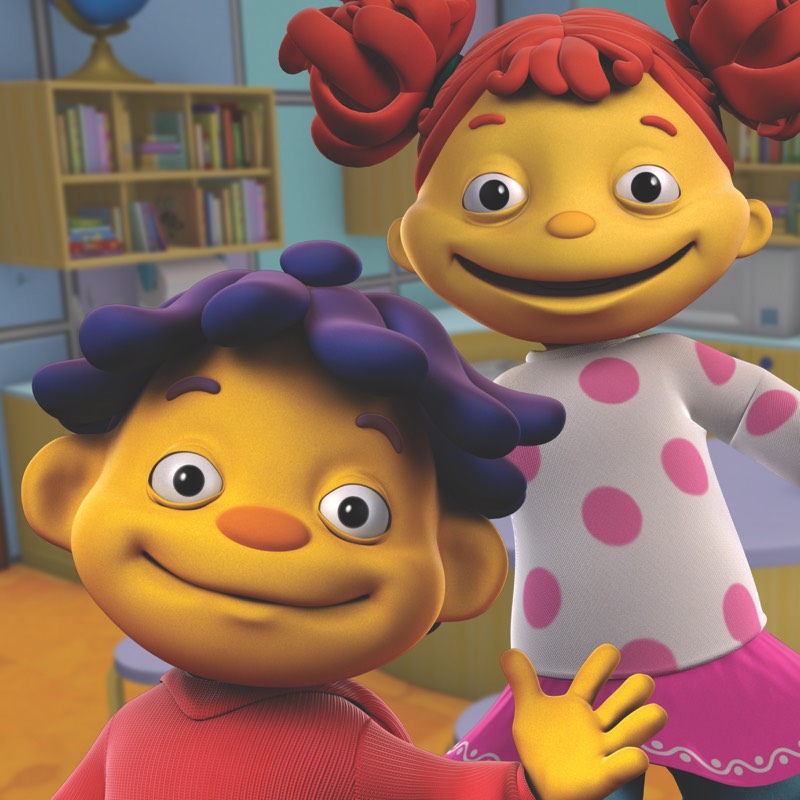Helping Kids Sleep Well During the Back to School Transition
By Jennifer Waldburger and Jill Spivack
co-authors of The Sleepeasy Solution
Pajanimals was created to help young children transition peacefully through their daily schedule, with a special focus on bedtime. Jennifer Waldburger and Jill Spivack, co-founders of Sleepy Planet and advisors for the series, share their favorite tip for getting your child’s sleep back on schedule for the school year.
Most families’ routines get pretty relaxed in the summer. It stays light out later, families go out later and kids’ bedtimes often slides a bit later. This can push the entire sleep cycle later than parents want it to be once the school year comes.
Also, when school is about to start SOME kids may also have a little anxiety about starting school or going back to school, which can make winding down and separating at bedtime a bit harder temporarily.
Well, with everyone heading back to school, let’s look at what can happen if kids don’t get enough sleep. A recent poll by the National Sleep Foundation found that two out of every three kids 10 and under have had some kind of sleep problem. So when kids don’t get the right amount or the right kind of sleep for their age, they are at risk for:
· Learning disorders
· ADHD
· Anxiety and depression
· Behavioral problems
· Obesity
· Some studies have also shown that sleep-deprived kids don’t perform as well academically. (which is no surprise)
So, kids really need what we call good “sleep nutrition” to be at their best. Our recommendations:
- Up to 3 years old: 11 to 14 hours a day
- 3 to 6 years old: 10 to 12 hours
- 7 to 12 years old: 10 to 11 hours
- 12 years old and up: 8 to 9 hours (You can’t wake them up!)
Here are our top 5 tips to establish a post-summer sleep routine:
1. Make a new plan: Sit down with your spouse and decide what time bedtime will be. If your child has been waking later in the summer, you’ll want to start waking them up progressively earlier now before school starts which will help you to pull the bedtime earlier as well.
Decide also exactly what activities, in what order you will do with your child from now on. Really hunker down on specifics like how many books you’re willing to read, or how long you’ll cuddle with them before it’s time for bed.
2. Create a sleep book: Now you’re going to bring the new plan to life visually for your child. This can be very simple - stapled-together copier paper and stick figure drawings – and you just want to explain to kids WHY you’re making changes with sleep. So you can say something like, “Jack stayed up late all summer, but summer’s over now and your body needs to get good rest for school.” Then you want to describe EXACTLY what the new plan looks like: “First we’ll have your bath, then we’ll brush teeth and put on PJ’s, then we’ll read books and then mom or dad will tuck you in and say goodnight.” Kids love these kinds of personalized books, because it feels like a story about them. You’re kind of bringing the plan to life for them visually, and you can read this book with your child each night to help him solidify his understanding of the new rules and expectations around sleep.
3. Give choices during the routine: To create a sense of control for your child, offer what we call “Imagined choices” such as “How would you like to head to the bath? Should we hop like bunnies or march like soldiers?” Offer choices around things you could care less about…so it’s not “do you want to get ready for bed?” but “Do you want to get ready for bed in 2 or 3 minutes?”
4. Manage power struggles: This is a big one, as every parent knows! It’s basically in kids’ job description to try and drag feet throughout the routine and want to start playing with their trains or read yet another book – anything to avoid having to actually go to sleep. So parents really need to remind them to “stick to the plan” – the Pajanimals have a really cute song they sing about sticking to the plan, where they brusha-brush their teeth, put on PJs, take a sip of water – so you can be lighthearted and playful about it, but it’s mom and dad’s job to make sure kids get to bed on time.
5. Stay consistent: So you’ve read stories, you’ve given ten extra kisses and hugs, and finally you’re ready to leave the room and your child says, WAIT! I have to tell you something, IT’S IMPORTANT!, I need to use the potty again, my toe hurts – I think there’s some hotline that every child dials into where they share clever ways to make sure mom and dad never leave the room, and it’s like, “Oh, you said THAT? I’m totally using that one, THANKS!” But even if your little one continues to protest or ask for “one more” ANYTHING, stay firm about no talking after lights out. This kind of consistency actually helps kids feel safe and helps them relax into sleep – so mom and dad need to “stick to the plan,” too!
Helpful hints!
- If your child comes into your room in the middle of the night, remember, you have already explained to your child what will happen if they get out of bed when you went over your bedtime plan in the book you made. Now it’s time to follow through…If you don’t, your child will keep fighting the new plan. Walk child back to his room—do this without a lot of talking or anger or begging. Just say something like “Uh oh—back to your room” and walk him back—even if you have to do it 65 times calmly! Your investment in this consistency will pay off bigtime!
- If child is having GENUINE fears about school starting, you may want to make your initial plan around the need for him to go to bed at a certain time now , to stick to a good routine AND to sleep in HIS room the whole night but until he adjusts to school, you can opt to lay with him in his bed and help him take some deep breathes to calm him down before insisting he sleep more independently.








